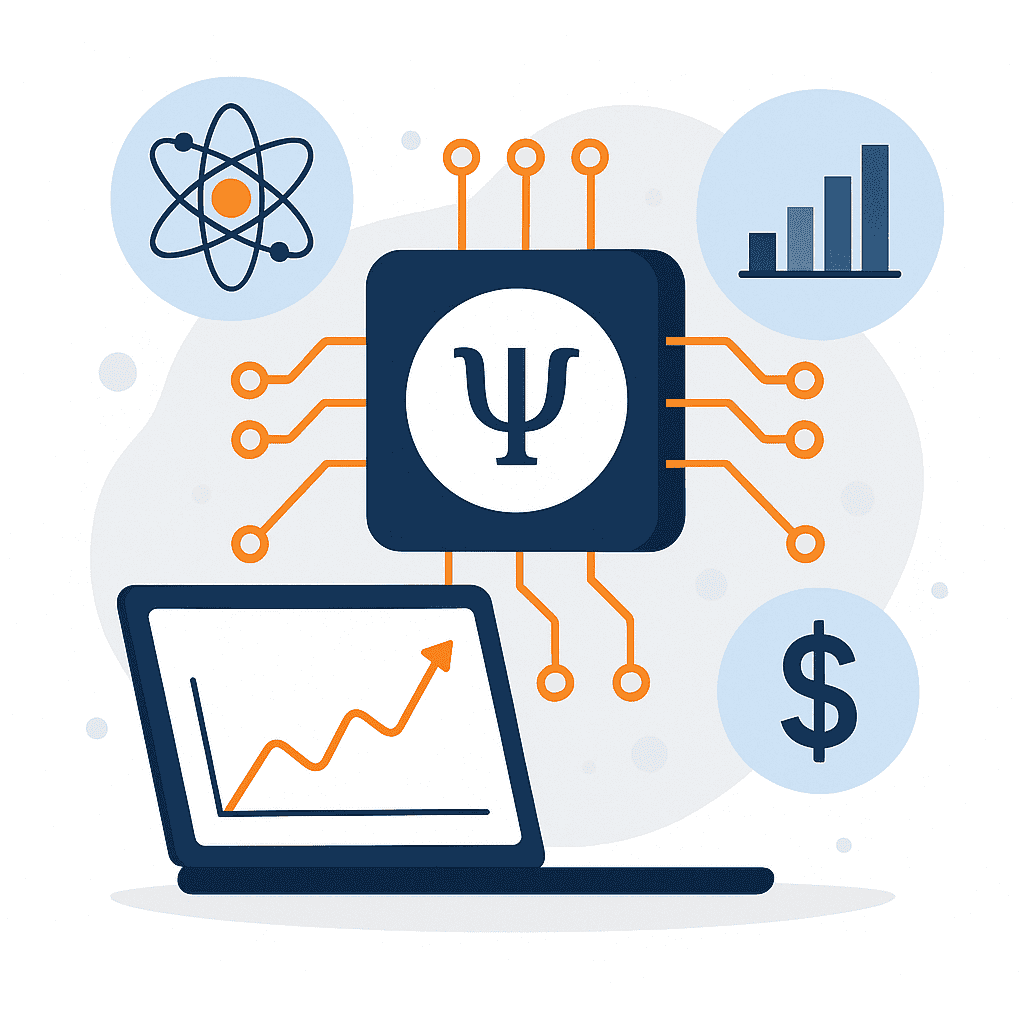While 5G deployments continue to expand globally, research into 6G the next-generation network is already underway.
The promises? Terabit speeds, ultra-low latency, holographic communications, and seamless integration with AI.
But what Is 6G?
-
A new wireless standard exploring frequencies from terahertz-to-subTHz bands.
-
Uses will include ultra-high-speed broadband, real-time 3D experiences, wireless edge computing, and AI-native network orchestration.

Emerging Capabilities
-
Speeds Beyond Imagination: Labs have already demonstrated terabit-per-second links 10–100× faster than 5G.
-
Ultra-Low Latency: Millisecond-level delays enable applications like remote surgery or realtime VR telepresence.
-
Intelligent Networks: AI built into network infrastructure will allow self-optimizing, context-aware routing.
-
Multi-Sensory Communication: Imagine streaming holographic meetings instead of Zoom 6G’s goal.
Who’s Leading the Charge?
-
Global consortiums (Japan, South Korea, EU) are allocating funds and defining 6G roadmaps.
-
Academic partnerships between universities and telecom giants (e.g., Nokia Bell Labs, Samsung Research) are vital hubs.
-
Standards bodies (3GPP and IEEE) are beginning early spec definitions, even if full rollout is years away.
Why It’s Relevant Now
Developers, enterprises, and strategists must understand 6G trends to:
-
Ensure future hardware/infrastructure is future-ready.
-
Explore new digital services that would rely on ultrafast, ultra-reliable networks.
-
Keep pace with industries like smart cities, autonomous systems, and hyper-connectivity.
The Road Ahead
-
2025–2028: Early trials and campus-level pilot deployments.
-
2030+: Standardization, commercial trials, and the earliest consumer rollouts.
Wrap-Up
6G is still emerging but its potential to transform how we connect, collaborate, and compute is monumental. Monitoring research developments today can help you anticipate future shifts and stay ahead in innovation.



